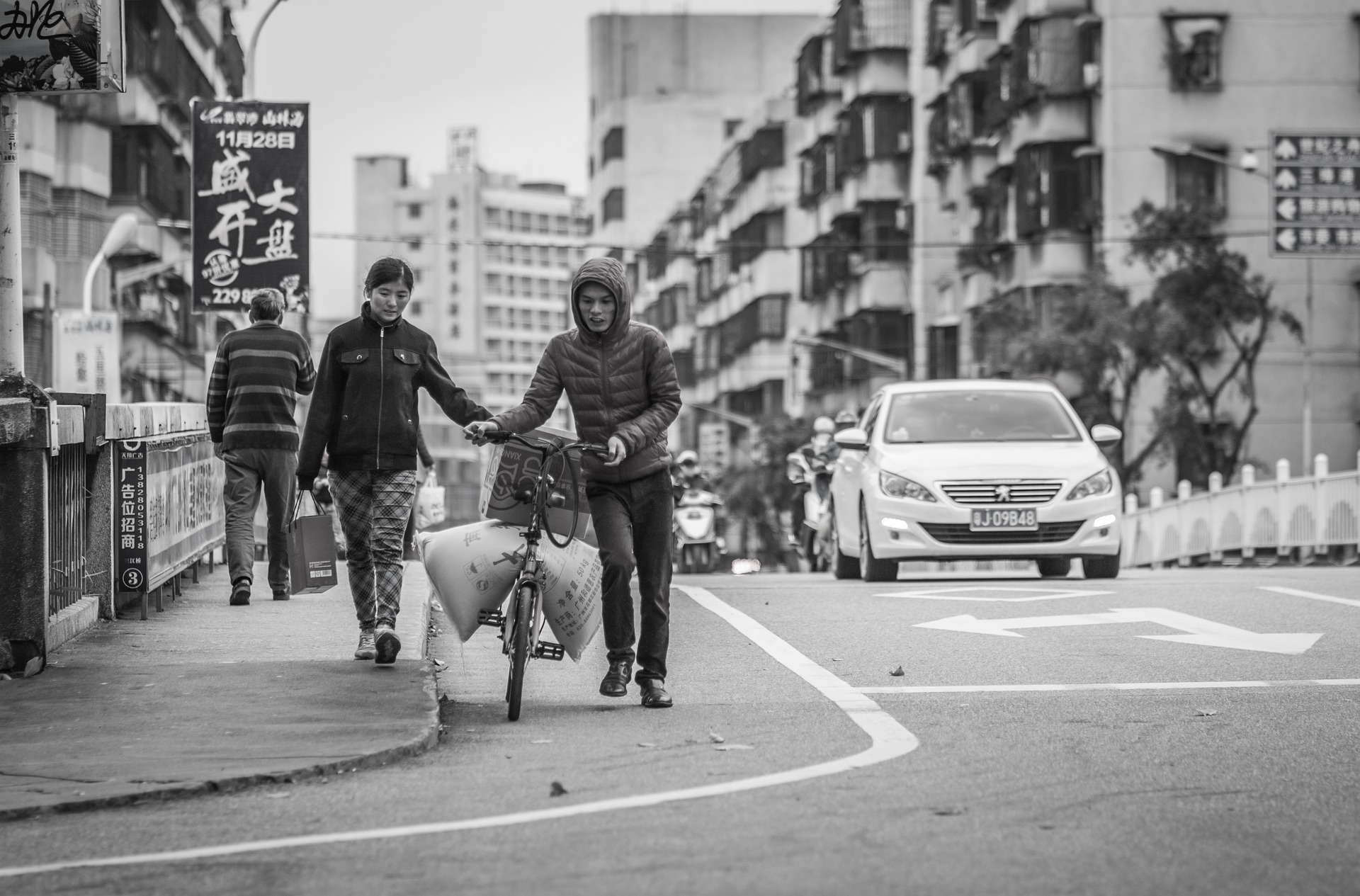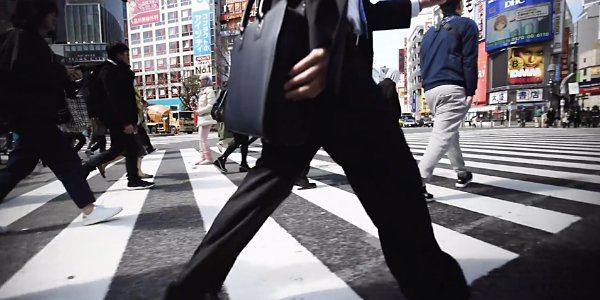Street Photographers Fundamentals Explained
Street Photographers Fundamentals Explained
Blog Article
Street Photographers Fundamentals Explained
Table of ContentsThe 7-Second Trick For Street PhotographersStreet Photographers for DummiesStreet Photographers - An OverviewNot known Details About Street Photographers Facts About Street Photographers Uncovered
Road professional photographers do not necessarily have a social function in mind, however they like to isolate and catch moments which might otherwise go unnoticed.Though he was influenced by most of those that influenced the road digital photographers of the 1950s and '60s, he was not mainly curious about recording the spirit of the road. The impulse to visually document individuals in public began with 19th-century painters such as Edgar Degas, douard Manet, and Henri de Toulouse-Lautrec, that functioned side by side with digital photographers attempting to catch the essence of urban life.

Provided the great top quality of his photographs and the breadth of material, designers and musicians frequently got Atget's prints to make use of as reference for their own work, though industrial passions were rarely his main motivation. Instead, he was driven to photo every last residue of the Paris he enjoyed. The mingled interest and necessity of his goal sparkle through, causing photos that narrate his own experience of the city, top qualities that expected road digital photography of the 20th century.
The Ultimate Guide To Street Photographers
They disclose the city through his eyes. His job and essential understanding of digital photography as an art form functioned as motivation to generations of professional photographers that followed. The future generation of street photographers, though they likely did not describe themselves thus, was introduced by the photojournalism of Hungarian-born professional photographer Andr Kertsz.
Unlike his peers, Brassa utilized a larger-format Voigtlnder electronic camera with a longer exposure time, requiring him to be more calculated and thoughtful in his technique than he might have been if utilizing a Leica.
Cartier-Bresson was a champ of the Leica camera and one of the very first digital photographers to maximize its abilities. The Leica permitted the photographer to engage with the environments and to capture moments as they occurred - Street Photographers. Its fairly tiny size likewise aided the photographer fade into the background, which was Cartier-Bresson's recommended strategy
10 Easy Facts About Street Photographers Shown
It is due to this basic understanding of the art of image taking that important source he is usually attributed with discovering the tool around again roughly a century since its invention. He took pictures for greater than a half century and influenced generations of photographers to trust their eye and intuition in the minute.
These are the concerns I shall try to address: And afterwards I'll leave you with my own definition of road photography. Yes, we do. Let's start with specifying what a definition is: According to it is: "The act of specifying, or of making something definite, distinct, or clear".
No, absolutely not. The term is both limiting and misguiding. Sounds like Click Here a road digital photography ought to be photos of a roads right?! And all road digital photographers, other than for a little number of outright novices, will fully value that a street is not the vital element to street digital photography, and actually if it's an image of a road with maybe a couple of dull individuals doing nothing of interest, that's not street digital photography that's a picture of a road.
He makes a valid factor don't you more helpful hints believe? While I agree with him I'm not certain "candid public photography" will certainly capture on (although I do kind of like the term "candid photography") due to the fact that "street photography" has actually been around for a lengthy time, with several masters' names affixed to it, so I believe the term is here to remain.
Street Photographers Fundamentals Explained
Inside?! I hear you yell as you drink your clenched fist to the skies. Why not? You can contend the beach, at an event, in an alley, in a park, in a piazza, in a cafe, at a gallery or art gallery, in a metro station, at an occasion, on a bridge, under a bridge ...

Top Guidelines Of Street Photographers

Report this page